Tips When Reminding People To Observe Social Distancing
19 October, 2020
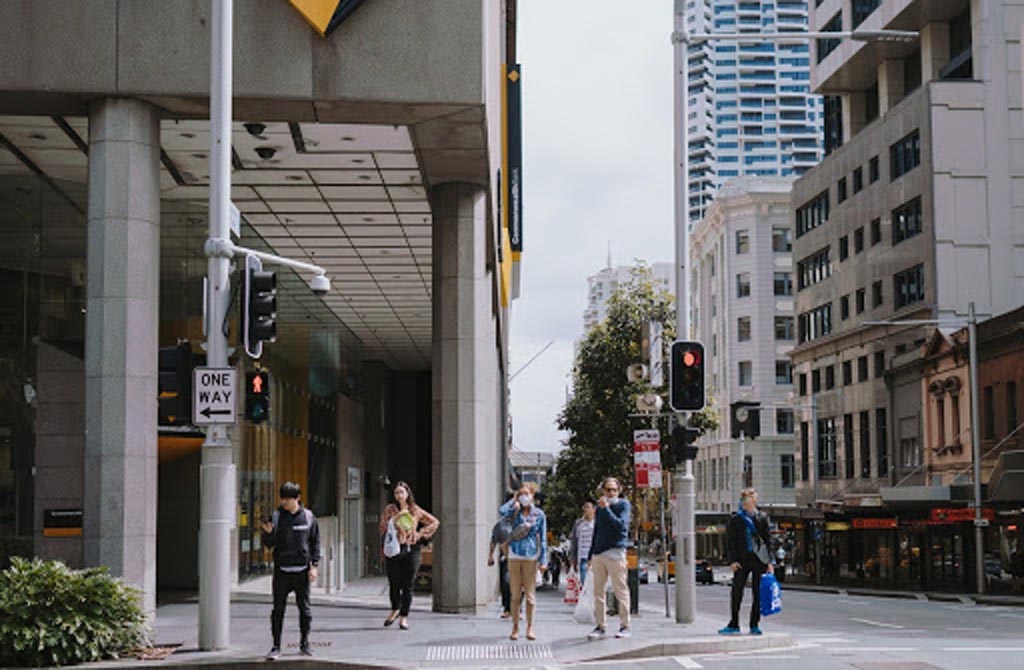
Because of the evolving COVID-19 pandemic, people are being strongly encouraged to practice social distancing of at least 1 to 2 meters apart from each other, on top of wearing a face mask and a face shield.
These social distancing guidelines can be a bit tricky to follow in certain areas of life. For example, when traveling. Be it via private or public transportation, riding together in the same vehicle isn’t the same as it was before.
One of the skills for traveling one must have is being able to properly communicate with people. It becomes even more important now, especially when following social distancing measures, to ensure your safety and that of others traveling with you.
Admittedly, more than a few people would sometimes neglect these guidelines. While others innocently forget to wear a face mask before leaving home. Others who do wear masks at times wear them improperly by only covering their mouths or putting it under their chins.
 Photo courtesy of Kate Trifo via Pexels
Photo courtesy of Kate Trifo via Pexels
When dining outside, there may be people who talk loudly, not minding the droplets of their saliva that might spread into the air. Some people forget how to distance themselves from and stand too close to each other or to strangers. Worse yet, there are others who would still forget to cover their mouths and noses when they cough or sneeze.
If not now, then soon enough, you may encounter them in one of your travels, or perhaps they are one of your friends or family members. As someone who is mindful of your own safety and that of others, how can you deal with people who breach, refuse, or neglect safety protocols? How do you politely remind them to observe these without sounding self-righteous?
In occasions such as these, one of the skills for travel you should acquire or develop during this pandemic is communication. These days, you need to know how to approach and talk to people when you have to explain or to remind them of protocols that need to be observed.
This article will help you familiarize yourself with general reminders and social distancing protocols implemented in different public spaces and transportations. This will also give you some tips on how to effectively deal with people who are not mindful of physical distancing.
Travel Protocols To Remember...
While everyone is advised to stay at home, there are instances when going out is necessary. It may be because groceries need to be purchased, important errands have to be completed, one has to go to work, or attend to family and friends who need assistance. At times, having visitors also becomes unavoidable when, for instance, they will be providing assistance to someone in the family or will be doing home repairs.
If you need to leave your home for essentials, here are some protocols to remember and share with your family, friends, even strangers to remain safe.
When traveling
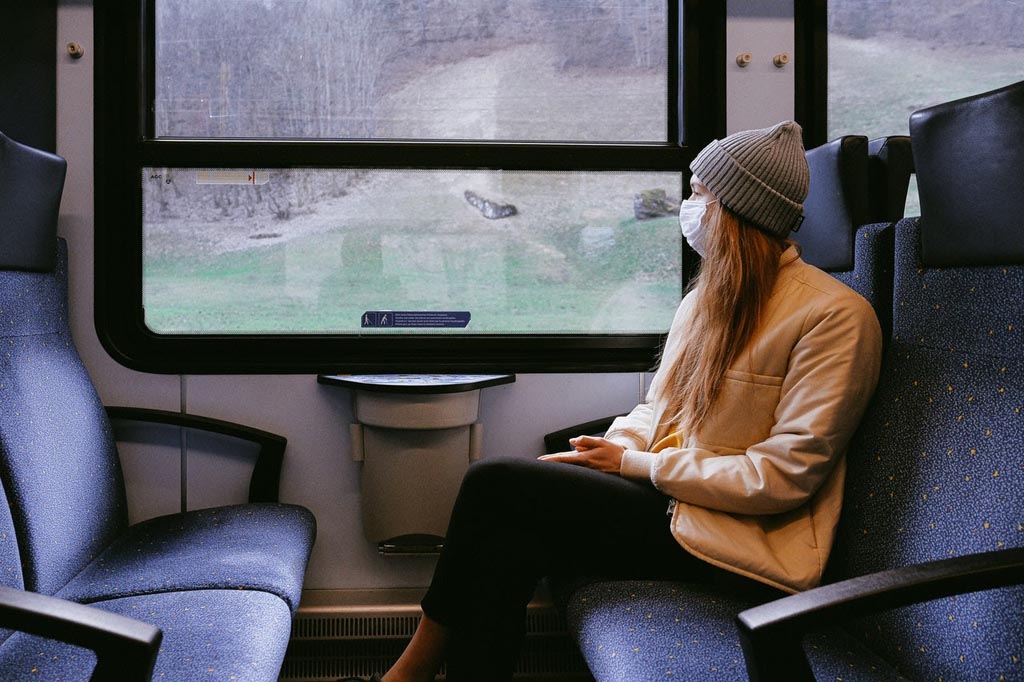 Photo courtesy of Anna Shvets via Pexels
Photo courtesy of Anna Shvets via Pexels
If you are itching to take a vacation, remember that nonessential travels are not encouraged in the Philippines. More importantly, children, individuals with health conditions, and senior citizens are strongly not encouraged to leave their homes, as they are more vulnerable to the virus.
If you are traveling and will be riding either a private vehicle or any type of public transport, below are some travel safety guidelines to apply:
- Secure travel passes and other travel requirements.
- Practice social distancing on anyone who is not from your household. A distance of 1 to 2 meters is the minimum required.
- Wear your personal protective equipment (PPE) such as a face mask and a face shield. Remember that your face mask should cover both your nose and mouth.
- Cover your mouth or nose when coughing or sneezing.
- Always carry with you a small container with 70% isopropyl alcohol or a hand sanitizer and other travel essentials to sanitize your hands often. If there are soap and water nearby, wash your hands with them, especially after touching a surface, before eating, or before touching your face.
- Avoid touching your eyes, nose, and mouth with dirty hands.
- Do not visit anyone who is sick.
- Do not leave your home if you’re not feeling well.
In public places
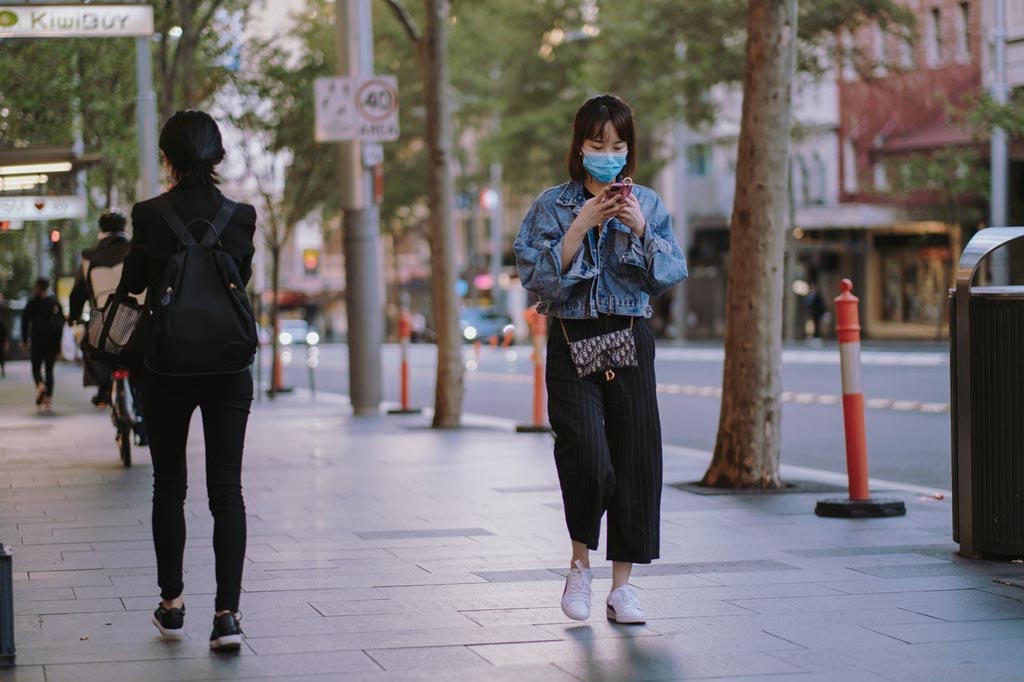 Photo courtesy of Kate Trifo via Pexels
Photo courtesy of Kate Trifo via Pexels
- Observe the social distancing guidelines implemented by the establishment you are visiting.
- Properly wear your face mask and face shield at all times.
- Avoid overly crowded places.
- Go to crowded places early in the morning, at lunchtime, or late in the evening. There are fewer people out during these times of the day.
- If you’re eating at a fast food restaurant, avoid talking or laughing too loudly.
- Practice coughing etiquette at all times.
- Distance yourself from people who appear to be sick.
At home
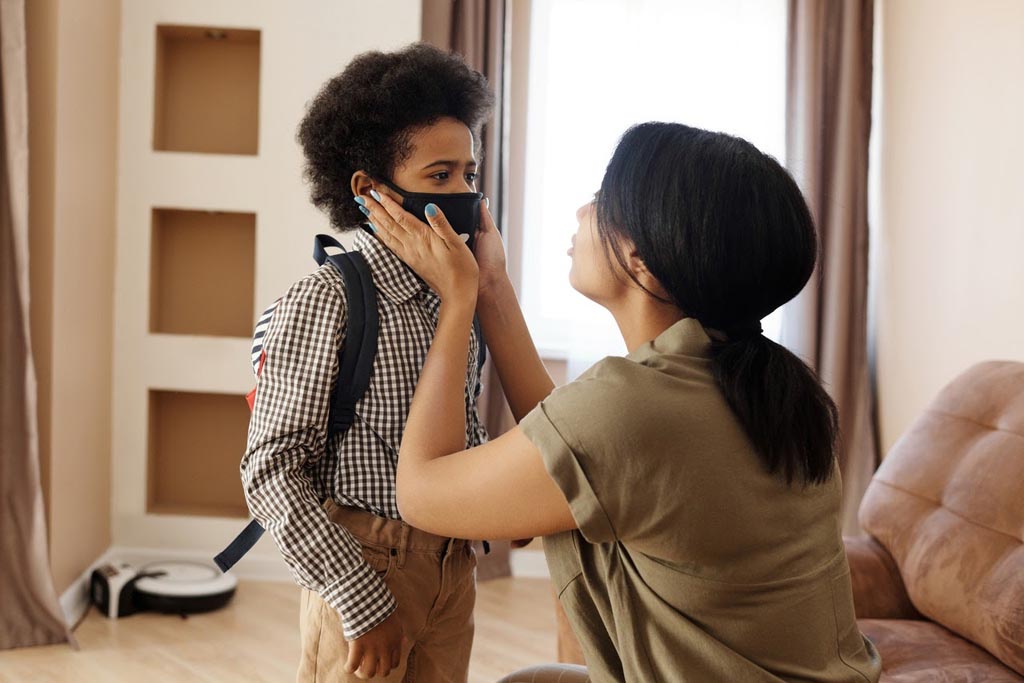 Photo courtesy of August de Richelieu via Pexels
Photo courtesy of August de Richelieu via Pexels
- Make sure that there are no surprise visits at home. Make a schedule when people are to visit your home.
- Make sure that anyone visiting you is not sick.
- Make sure that you and other people in your household are not sick when someone is going to visit you.
- If possible, make all visitors wear a face mask inside your home. Avoid entertaining non-family at all costs.
- Practice social distancing when eating or chatting with visitors inside your home.
- Avoid hugging and shaking hands with anyone outside of your immediate household.
Tips on how to deal with people who don’t observe social distancing
1. Stick to the facts
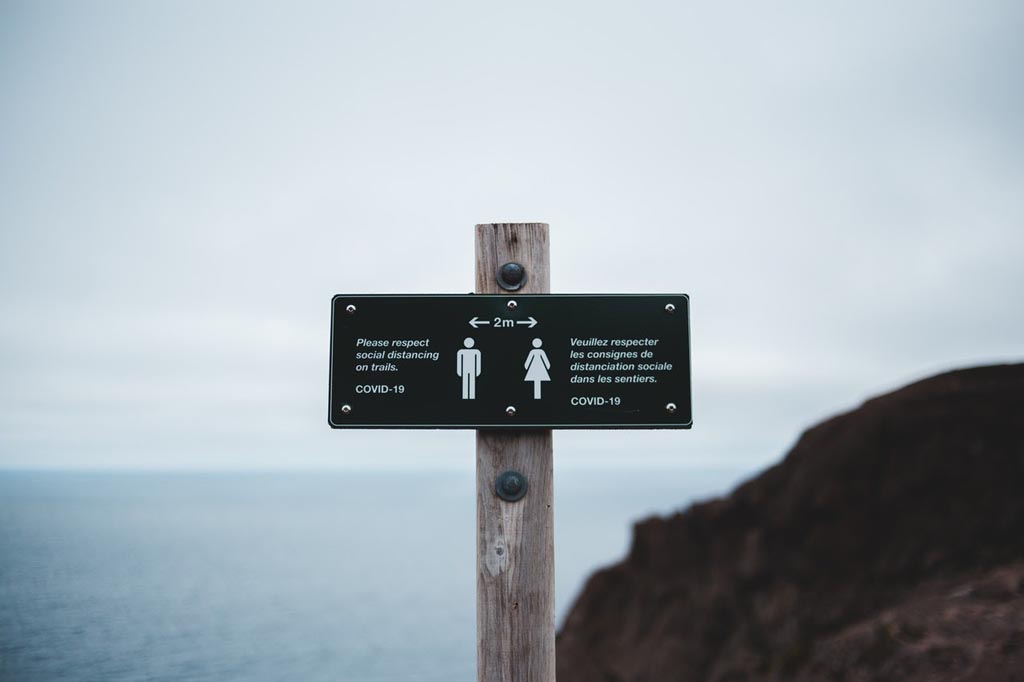 Photo courtesy of Erik Mclean via Pexels
Photo courtesy of Erik Mclean via Pexels
Familiarize yourself with how the virus is transmitted. To know the facts, you must consult reliable sources. Hearsay and everything posted on social media should be proven factual before believing or passing these on.
Share these facts you have gathered to close family and friends. Share the practices you do. This will serve as a reminder for them to be cautious when going outside and mingling with people.
2. Be polite
Co-travelers who are not mindful of social distancing guidelines and other health-and-safety protocols can either be friends with you or strangers. Regardless, the manner in which you try to adjust their practices has a huge impact on how they will accept it. So instead of raising your eyebrows and immediately lecturing them on their negligence, treat them with dignity by being polite.
For example, if someone sits too close to you while you’re traveling, you can smile and politely say, “I’m sorry. I’m trying to maintain at least a one-meter distance. Will it be okay to give me a little more space, please?” Don’t forget the words “please” and “thank you.”
If they refuse and you possess skills for travel such as transferring to another seat while the car or plane is moving, then be the one to adjust. Instead of forcing them to give you space, move to another spot where you’ll be a meter apart from people. The last thing you would certainly want to happen is to escalate the situation.
If they start to show their annoyance towards your good intentions, you can politely remind them of the implemented social distancing standards. Explain to them that even you are adjusting to the protocol but are following them to prevent the virus from spreading.
3. Set a good example
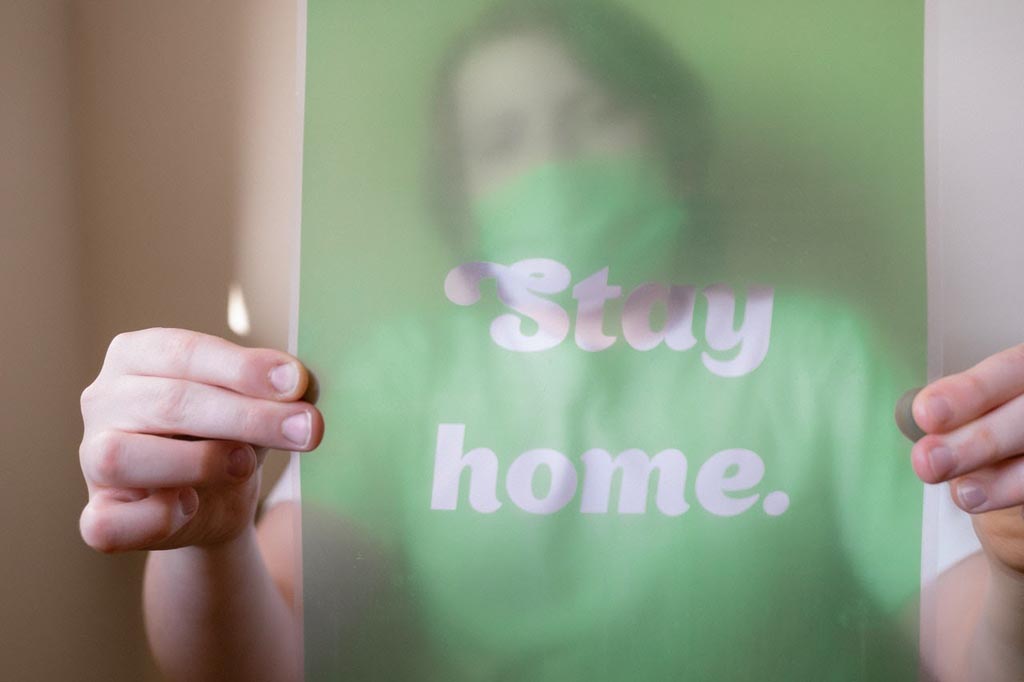 Photo courtesy of Polina Zimmerman via Pexels
Photo courtesy of Polina Zimmerman via Pexels
Actions speak louder than words. If you want others to observe the safety protocols implemented, be sure that you are following them yourselves. If you say one thing and do another, like keep on reminding everyone to practice social distancing and you do not practice it yourself, people won’t believe you. They might even continue to practice these pandemic safety etiquettes.
Whether at home, at work, in public transportation, or a public place, always practice the safety guidelines you preach. When your friends and others see that you abide by these despite them being hard to follow, they can be inspired to show the same determination as you do.
4. Be patient
 Photo courtesy of cottonbro via Pexels
Photo courtesy of cottonbro via Pexels
It can take time for some people to fully understand the meaning of social distancing. It might take some time to explain to them not only how to practice it but also why it matters, especially in this time of the pandemic.
Remember that there are different ways to teach and remind people to follow safety guidelines. For example, on your social media accounts, you could post or share content that explains how and why it’s necessary to follow these instructions. This content can either be originally written by you or something reshared.
Another option is casually explaining them to someone, perhaps on video calls, phone calls, or face-to-face. Try to inject humor in your conversation; so that your reminders won’t sound like a lecture.
Aside from giving advice, do not forget to show your support to family members and friends who do their best to practice social distancing, even though it's hard for them. Encouragements will inspire them to continue practicing these guidelines.
5. Give people a chance to change for the better
People can have a hard time adjusting to this new normal. After all, it is not normal in any way to not be able to hug, kiss, or even shake the hands of people we consider dear or special. Everyone is adjusting.
If you know people who are still unwilling to practice social distancing guidelines, don’t cut ties with them. Instead, you can opt not to meet with them face-to-face for health reasons, but don’t give up on reminding them of the importance of following health-and-safety guidelines.
Wash your hands. Don’t touch your face. Wear a face mask and a face shield. Practice social distancing. These are the basic safety guidelines people should follow. Until a working vaccine is produced, discipline is important for everyone to be able to beat the virus.
Admittedly, even though these may sound simple, they are not always easy to follow; but remember, these are the most basic ways you can possibly save your life and that of others. We are responsible for keeping one another in check, especially in this time of the pandemic. So set a good example in following these safety guidelines; and be patient and polite in reminding others to follow these, as well.
Once the pandemic is over, travel with your loved ones and continue applying the skills for travel you’ve learned during the pandemic. When the time comes, you can hug and shake hands with people again all you want, to make up for all the physical distance you had to maintain from them during this pandemic.